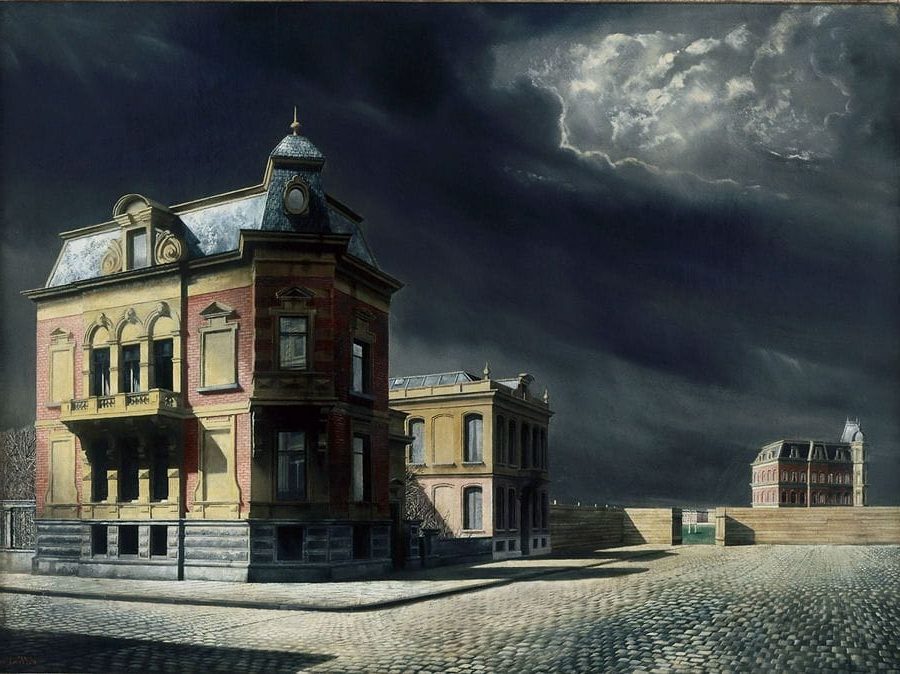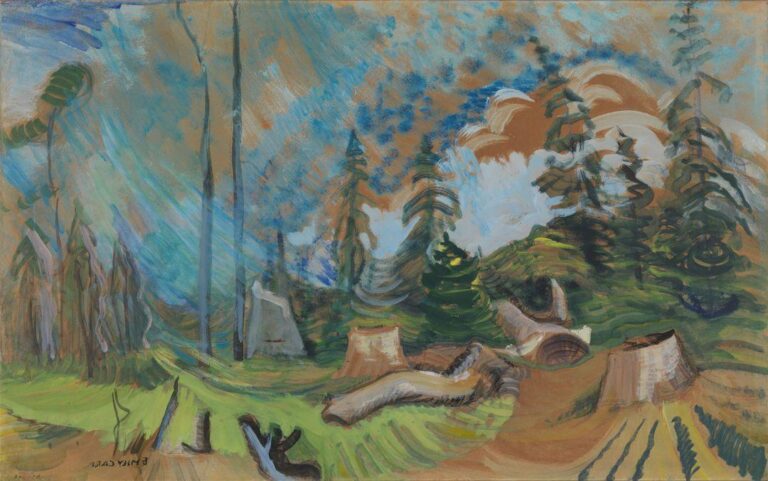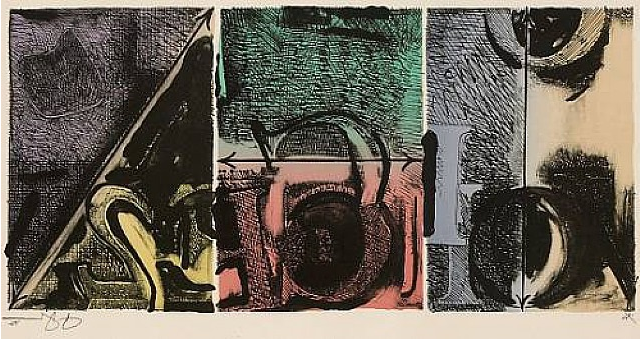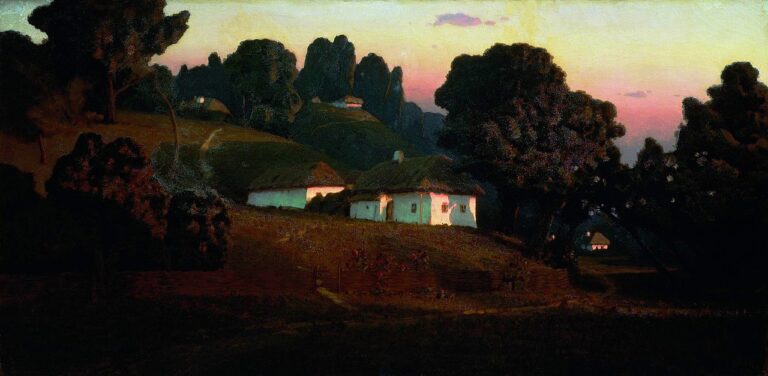Carel Willink Painter: Dutch Master of Magic Realism
Born: 7 March 1900, Amsterdam, Netherlands
Death: 19 October 1983, Amsterdam, Netherlands
Art Movement: Magical Realism
Nationality: Dutch
Influenced By: Fernand Léger and Giorgio de Chirico
Institution: Technische Hogeschool in Delft & Academy in Düsseldorf
Carel Willink Painter: Dutch Master of Magic Realism
Life and Background of Carel Willink
Carel Willink was a Dutch painter known for his unique style of imaginary realism. His life and career were shaped by early influences, artistic education, and personal relationships.
Early Life and Education
Albert Carel Willink was born on March 7, 1900, in Amsterdam, Netherlands. He was the eldest son of Jan Willink, a mechanic and car dealer, and Wilhelmina Altes. His father was an amateur artist who encouraged Carel’s interest in painting from a young age.
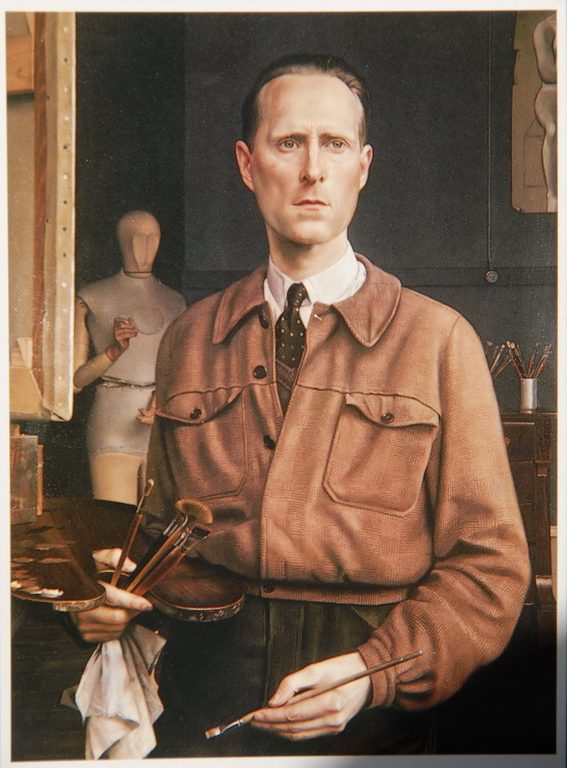

Willink made his first painting at 14. After high school, he briefly studied medicine. He then switched to architecture, studying at the Technische Hogeschool in Delft from 1918-1919.
Despite these initial pursuits, Willink’s true passion was art. He left his studies to become a painter, following his father’s early encouragement.
Artistic Evolution and Key Influences
Willink’s artistic journey took him to several European cities. He studied in Berlin and Paris, absorbing different artistic styles and techniques.
In Berlin, Willink joined the November Group, an association of radical artists. This experience exposed him to new ideas and approaches in art.
Willink also spent time in Italy, further developing his skills and artistic vision. He studied at the Academy in Düsseldorf, refining his technique and style.
These travels and experiences helped shape Willink’s unique artistic voice. He developed a style he called “imaginary realism,” a form of magic realism that became his trademark.
Personal Life
Willink married three times throughout his life. His first wife was Mies van der Meulen. After their divorce, he married Wilma Jeuken.
His third and final marriage was to Mathilda de Doelder, known as “Mathilde.” This relationship was particularly notable in Willink’s life.
Willink’s personal relationships often influenced his work. Some of his wives served as models for his paintings, adding a personal touch to his art.
He lived most of his life in Amsterdam, where he created many of his famous works. Willink passed away on October 19, 1983, leaving behind a significant artistic legacy.
Artistic Style and Major Works
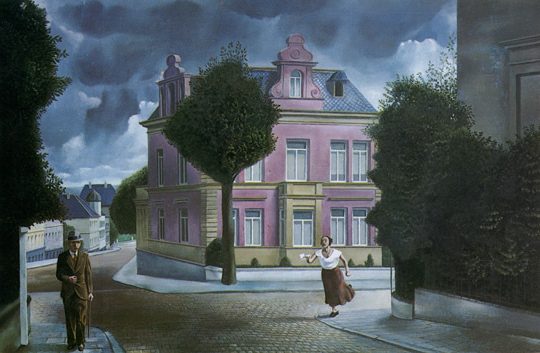
Jobstijding (bad news), 1952 by Carel Willink
Carel Willink’s artistic journey spanned various styles and movements. His work evolved from early expressionist and abstract pieces to a distinctive magic realist approach that defined his later career.
Development of Magic Realism
Willink started with expressionist and abstract paintings in the early 1920s. He later shifted to a figurative style influenced by Picasso’s neoclassical works. By the late 1920s, Willink developed his signature magic realist style.
This style combined realistic details with surreal elements. It created a sense of mystery and unease in his paintings. Willink’s magic realism often featured still cityscapes and strange juxtapositions of objects.
Significant Paintings and Portraits
“Late Visitors to Pompeii” is one of Willink’s most famous works. It shows figures in modern dress exploring ancient ruins. This painting exemplifies his blend of realism and surreal elements.

Late Visitors to Pompeii (1931) by Carel Willink
“Venus Resting” and “The Triangle” are other notable pieces. They showcase Willink’s skill in creating dreamlike scenes with precise technique.
Willink also painted many portraits. His self-portraits are especially striking. They often place the artist in odd settings or poses, adding to their unsettling effect.
Contributions to Modern Art Movements
Willink’s work bridged several art movements. His early abstract paintings linked him to avant-garde groups of the 1920s. His later magic realist style influenced Dutch and European art.
He helped establish magic realism as a major trend in 20th-century painting. Willink’s precise technique and surreal imagery inspired many other artists.
His work also kept figurative painting relevant during a time when abstract art was dominant. This helped pave the way for later returns to realism in art.
Legacy and Influence
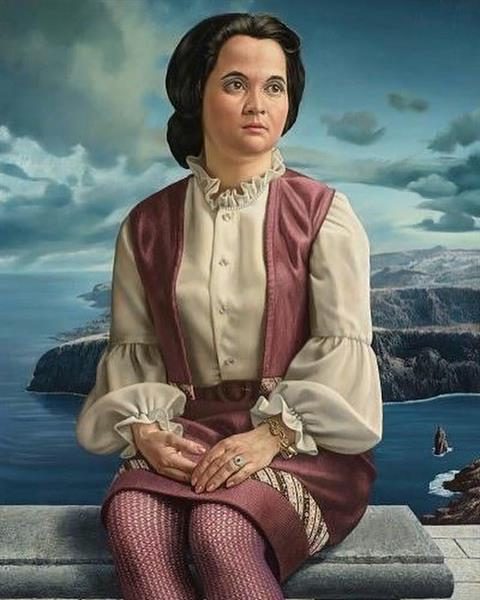
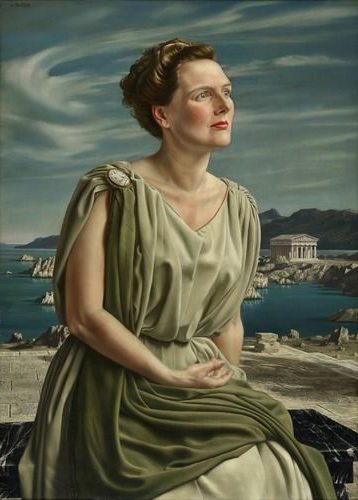
Carel Willink’s art left a lasting mark on Dutch and international painting. His unique style and technical skill earned him recognition during his lifetime and continue to influence artists today.
Exhibitions and Museums
Many major Dutch museums feature Willink’s work. The Rijksmuseum in Amsterdam holds several of his paintings in its collection. The Stedelijk Museum Amsterdam hosted a large retrospective of Willink’s art in 1980. Museum de Fundatie in Zwolle owns important Willink pieces and has organized special exhibits of his work.
Other museums with Willink paintings include:
- Museum Boijmans Van Beuningen in Rotterdam
- Centraal Museum in Utrecht
- Van Abbemuseum in Eindhoven
These institutions help keep Willink’s legacy alive by displaying his art and organizing shows about his life and career.
Willink’s Impact on Dutch and International Art
Willink’s “imaginary realism” style shaped Dutch painting in the mid-20th century. His mix of realistic technique and surreal scenes inspired other artists. Willink’s focus on craft and traditional methods influenced later painters to hone their technical skills.
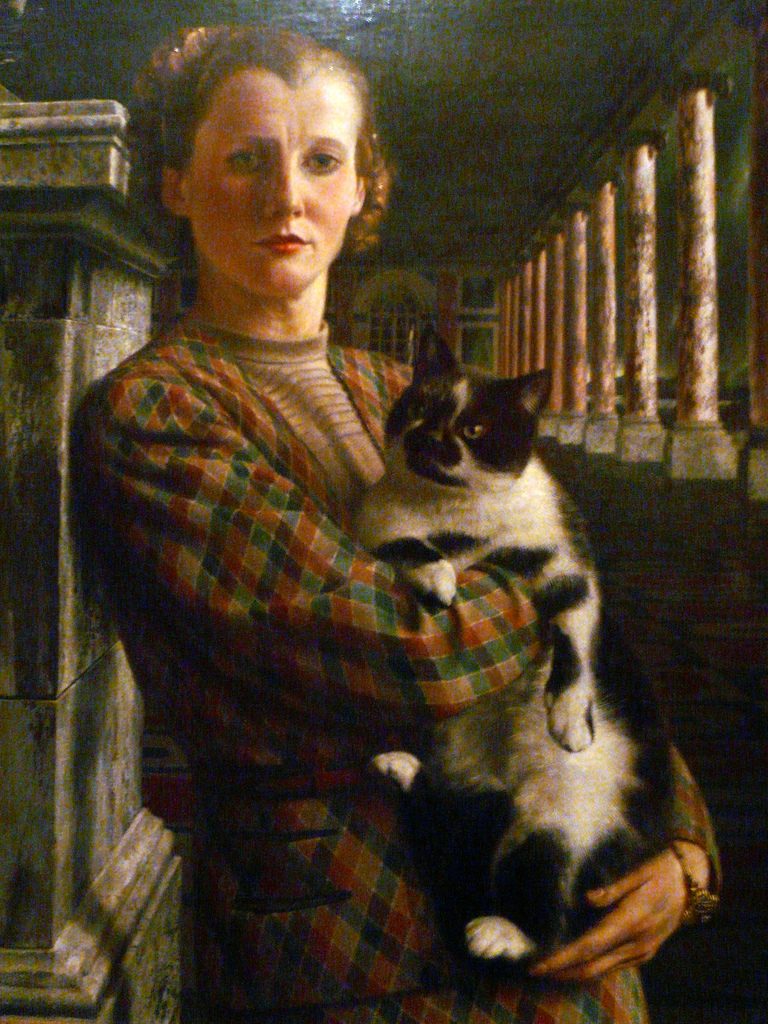
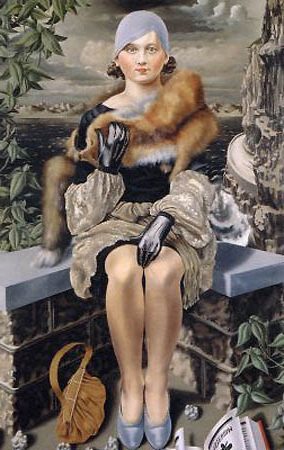
Art experts view Willink as an important figure in modern art. The Union List of Artist Names includes him as a notable Dutch painter. Willink’s unique vision earned him fans beyond the Netherlands. His work gained attention in other European countries and the United States.
Young artists still study Willink’s paintings to learn from his methods and ideas. His art continues to spark interest among new generations of painters and art lovers.
Frequently Asked Questions
Carel Willink was a Dutch painter known for his unique style and impact on 20th century art. His work featured distinct elements that set him apart from other artists of his time.
What notable artistic style is associated with the works of Carel Willink?
Carel Willink practiced a style called “imaginary realism.” This approach combined realistic painting techniques with surreal or dreamlike elements.
Willink’s paintings often showed strange scenes in front of large buildings. His work blended real and unreal parts to create an eerie mood.
What era did Carel Willink predominantly contribute to in the art world?
Willink was active as an artist from the 1920s through the early 1980s. He made his biggest mark on the art world during the mid-20th century.
His career spanned major shifts in art movements. Willink developed his signature style during this time of change in the art world.
Can you name some of the most famous paintings by Carel Willink?
Some of Willink’s well-known works include “Late Visitors to Pompeii” and “The Eternal Question.” He also painted many portraits throughout his career.
Willink often painted his wife Wilma. He made portraits of her in 1932, 1938, 1940, and 1952.
What was Carel Willink’s influence on Dutch art and culture?
Willink played a key role in Dutch art during the 20th century. He helped bring magic realism to the Netherlands.
His unique style inspired other Dutch artists. Willink’s work showed a new way to blend real and unreal elements in painting.
How has Carel Willink been commemorated or honored in the Netherlands?
The Netherlands has recognized Willink’s contributions to art. Some museums have held special shows of his work.
Kasteel Ruurlo hosted an exhibition of Willink’s paintings. This event helped introduce his art to new audiences.
What are some characteristic features of Carel Willink’s painting technique?
Willink used precise, realistic painting methods. He paid close attention to details in his work.
His paintings often showed grand buildings and strange skies. Willink mixed these elements with odd scenes to create a unique mood in his art.

